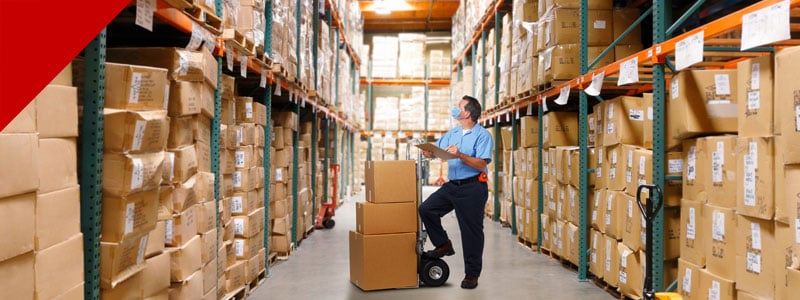Considerations for Implementing Android Enterprise in Supply Chain – Series 3
In my last post, The Most Important Android Enterprise Features for Supply Chain – Series 2, we talked about the Android Enterprise features that are going to be the most useful in supply chain. Those are aspects of Android Enterprise that are going to make your life easier. However, to get there, we have to go through a bit of a hard transition.
Let’s talk about some changes you will likely have to make to implement Android Enterprise. Implementations are different across the board. I can’t tell you exactly what you will need to worry about without seeing your environment. So I’m going to talk about three of the larger, more common challenges facing supply chain. These may or may not apply to you, but hopefully this information will be thought provoking either way.
Migrating operating systems
Android is currently the name in supply chain. iOS hasn’t made strong moves in rugged devices, and Windows Mobile support ran out earlier this year. Because of this, I see two main migration scenarios: Windows Mobile to Android Enterprise, and Android legacy to Android Enterprise.
If you are moving from Windows to Android Enterprise, you are looking at some big changes to your infrastructure, not just a device change. Windows Mobile devices from the early 2000’s had different security standards than what Android has now. You will likely need new server and client certificates, and you may need to move to more secure network protocols. You will also need to look into new licenses and software, as you will be moving to the Google Play Store. Moving from Windows Mobile to Android is going to come with a bit of a culture shock. Your devices, software, and processes are going to change. Most EMMs have teams that can help you get set up, but even if you enlist expert help, plan on a fairly long implementation period.
The main difference between Android legacy and Android Enterprise is in Google’s involvement. Google plays a bigger part in Android Enterprise management in the form of their APIs, managed services, updates, and software scans. However, most of these changes are focused on the EMM. Developers are making significant changes to the way their software works, but device administrators shouldn’t see a big difference outside of feature offerings. You may need some new certificates, depending on your previous setup, but if you keep your same EMM it should be a smooth transition.
Device changes
Android security updates are only guaranteed for 5 years and OS updates for less. In the corporate environment, that might be enough, but in supply chain we expect our devices to last much longer. Rugged devices have a very long shelf life, but with shifts in Android (not just Android Enterprise) those devices are going to stop getting updates long before they stop working.
Google is trying to force a new trend of cheaper, shorter-lived devices through their update schedule. Some rugged device manufacturers have already started announcing development of new lines of devices under $200 dollars. If this model is successful, fleets of devices are going to go out of date within a few years of purchase. It will be interesting to see if a paradigm of disposable devices will take hold, or if warehouses and EMM developers will work around Google’s requirements to prolong their device cycles.
As you plan your shift to Android, keep your device refresh cycle in mind. The timing of when you purchase devices is going to start playing a larger role in your environment. Keeping tabs on Google’s Android OS roadmap is going to help ensure your device investments meet their full potential.
Dark networks
The days of dark networks are gone. Android Enterprise requires device communications to pass through Google services, and devices have to be on the network. Updates will be coming from the cloud instead of a local repository, and commands from your EMM will hit a cloud server on their way to the device. The network bandwidth that has gotten you this far may not be enough anymore.
Opening your environment up to the cloud brings new network considerations, but it also increases your flexibility. You are handing some of your device management tasks to Google who will automatically do the work for you. You may be letting go of some control, but you are also letting go of some work. For example, you don’t need to track, pull, and push app updates, Google does it. If you make sure the network connection is there, it will just work.
When I mention automatic updates, the question to follow is usually, “What about tech freezes during the holidays?” Yeah, I can’t tell you those won’t be affected. Google does not want devices going 4+ months without an update. Android Enterprise was not designed for supply chain, and this is one case where it is obvious. With your EMM, you can delay updates for a maximum of three months, but then those updates are going to go through. Careful planning and proactive testing are going to be critical with these changes.
With Android Enterprise, “set it and forget it” doesn’t mean changes won’t happen. It means Google is making the changes. Gold images are not going to last as long as we would like, and we have to open our networks. Hopefully, the time we save with the useful features will be enough to offset the increased amount of testing and validation that is now necessary.
